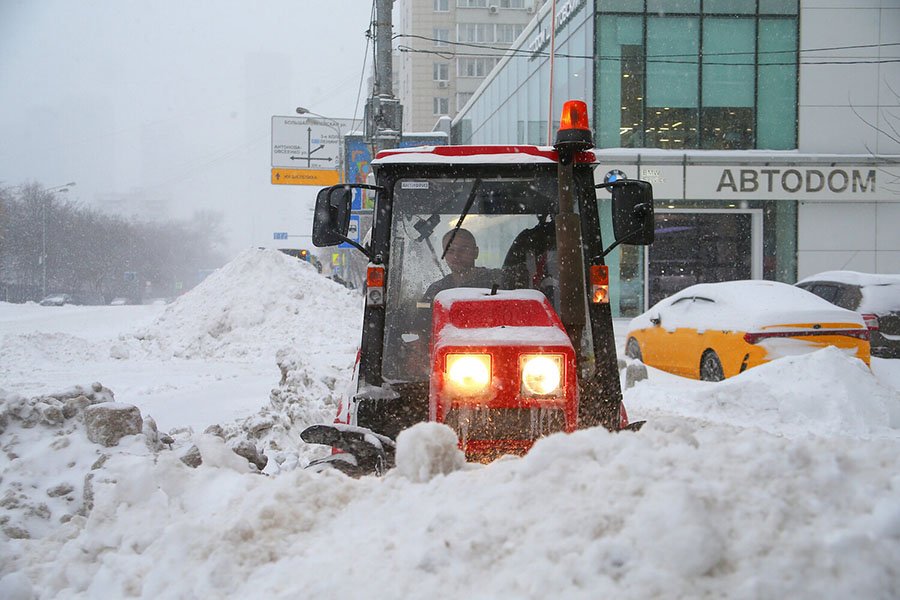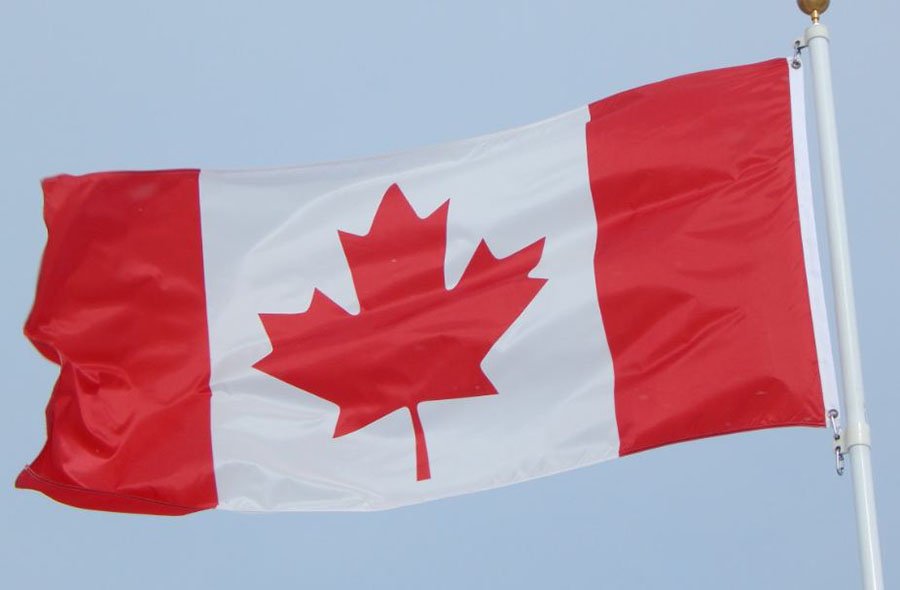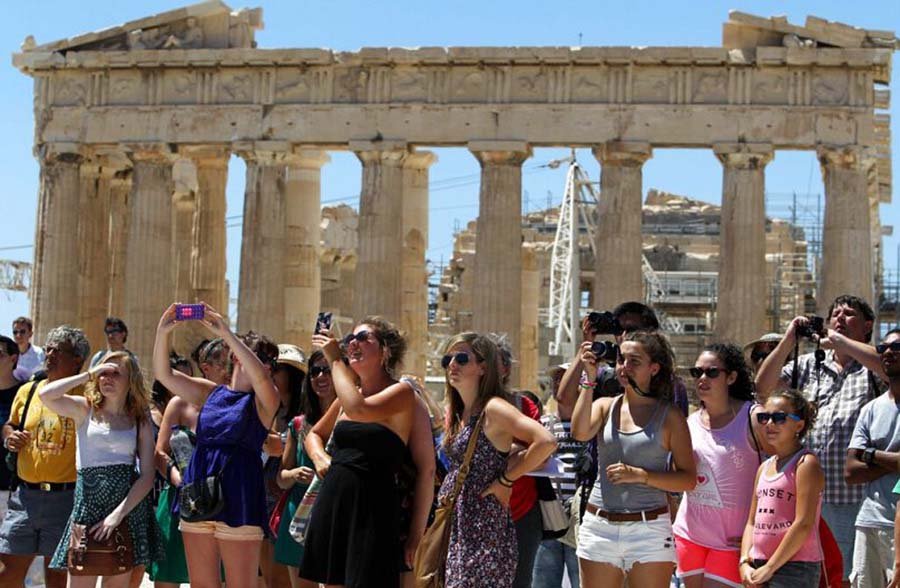читайте также
 German Economy to Rebound in 2026
German Economy to Rebound in 2026
 European Hotel Operating Profit: Margins, RevPAR and Costs
European Hotel Operating Profit: Margins, RevPAR and Costs
 US housing construction fell to its lowest level since May 2020
US housing construction fell to its lowest level since May 2020
 Snow Cyclone “Francis” in Russia: Widespread Disruptions at Airports and on Roads
Snow Cyclone “Francis” in Russia: Widespread Disruptions at Airports and on Roads
 Canada tightens scrutiny at land crossings: Asylum claims show a clear decline
Canada tightens scrutiny at land crossings: Asylum claims show a clear decline
 Wealthy Americans eye New Zealand luxury homes: Ban lift reshapes the top end of the market
Wealthy Americans eye New Zealand luxury homes: Ban lift reshapes the top end of the market
Greece boosts tourism revenues thanks to Germany, the US, and the UK

Photo: Euronews
In the first half of 2025, tourism in Greece underwent structural changes: traditional EU markets lost some ground, while Germany, the US, and the UK became the main sources of growth. The number of visitors remained almost unchanged, but they spent more, making the overall results for the six months fairly optimistic.
The Bank of Greece reports that tourist arrivals in January–June 2025 increased by only 0.6% to 11.7 million people. Visitors from the European Union decreased by 6.3%, but this decline was offset by a 10.5% increase in arrivals from non-EU countries compared to the same period of 2024.
From Germany, 1.85 million tourists arrived during this period (+4.7%), from the UK – 1.52 million (+11%). The US leads in growth with +20%, although the total number is lower – 694,100. Italy recorded 617,200 visits (+4.9%). The number of French visitors fell by almost 10% to 610,100. Trips from Russia also increased, reaching 10,600.
In monetary terms, the first half ended with a surplus of almost €6 billion, compared to €5.55 billion in 2024. German tourists contributed the most – €1.37 billion (+13.5%). The UK followed with €1.08 billion (+7.3%), while the US ranked third with €704 million and a strong 29.4% increase. Revenues from France reached €456 million (+2.1%), and from Italy – €345 million (+9%). Russia showed a modest year-on-year increase from €8.7 million to €9.6 million.
In June 2025, more than 4.6 million tourists came to Greece, down 1.7% compared to the same month in 2024. Airport arrivals grew by 3.3%, while land border crossings fell by 19.7%. Arrivals from EU countries dropped by 8.1% to 2.6 million, while flows from non-EU countries rose by 8% to more than 2 million.
By country, the UK led with 811,200 tourists (+14.9%), followed by Germany with 768,800 (+9.5%). Arrivals from Italy and France also increased: 305,300 (+29.7%) and 267,900 (+29.6%) respectively. The US sent 230,800 visitors (+24.1%). Russia posted minimal volumes – 3,000 visitors, but still above 2024 levels.
Tourism revenues in Greece reached €3.31 billion (+8.8%). Germany contributed €595 million (+18.6%) and the UK €601 million (+3%). Revenues from France were €192 million (+19.9%), from Italy €180 million (+25.7%). US tourists generated €247 million, marking the strongest increase of +64.7%. Russians cut spending year-on-year from €2.6 million to €1.8 million.
Greek City Times notes that the third quarter remains crucial for tourism. In previous years, July–August accounted for more than half of total revenues – 54% in 2024 and nearly 60% in 2019. Similar results are expected in 2025, with cumulative revenues by December projected to exceed €21.6 billion.
Official summer data have not yet been published, but hoteliers state that occupancy levels were comparable to last year, while mid-August received an extra boost from domestic tourism. However, the growing popularity of short-term rentals is limiting the growth potential of the hotel sector. According to the Institute for Tourism Research and Forecasts (ITEP), average occupancy in June reached 78.5%, and the cost of a double room climbed to €147. Even platforms such as Airbnb and VRBO showed weaker demand dynamics, and in some popular destinations interest declined.
August looked more optimistic: airlines scheduled 5.4 million seats on flights to Greece, up 4.3% from the previous year. Flows from Israel grew particularly strongly, with the biggest increases recorded in Athens and Thessaloniki. However, Santorini, Kos, and Zakynthos experienced declines.
Hoteliers have high hopes for autumn. Bookings for September already point to occupancy of about 85%, and the average room rate may reach €160. Demand is spreading not only across major resorts but also secondary destinations. Nonetheless, risks remain: reduced purchasing power in Europe and the trend toward shorter, cheaper trips may limit the final results of the season and the year as a whole.
Criticism and economic risks: “growth at the check,” but margins under pressure
Challenging macro environment. The half-year results look positive due to higher average spending and a shift in demand toward non-EU markets, but the fundamentals remain mixed: rising costs, expensive financing, competition from short-term rentals, and climate challenges weigh on operating profit.
Demand elasticity. Tourists more often shorten trips, opt for “room only” and more budget-friendly accommodation. This keeps flows stable but limits ADR and net revenue growth.
Operating costs. Wages, energy, insurance, logistics, and service contracts are rising faster than rates; tourist taxes and local fees further cut NOI.
Competition from STR. The popularity of villas and apartments diverts demand from hotels, especially outside top locations, raising the risk of underutilization in the off-season.
Capital intensity and ESG. Fire safety, water restrictions, energy efficiency, and refurbishment of hotel stock require constant CAPEX with long payback periods.
Regulatory frictions. Adjustments to fees (e.g., for cruises), zoning, local restrictions, and fine-tuning of short-term rental rules add uncertainty.
Climate risks. Heatwaves, fires, and floods impact occupancy, insurance premiums, and destination reputation; the seasonal window is becoming more volatile.
Financing. Rates remain above pre-crisis levels – with modest ADR/occupancy dynamics, new projects risk negative leverage.
Investment perspective: where’s the upside, where are the “downsides”
Greece: solid demand but uneven picture
— High seasonal concentration (Q3), overheated prices in top locations, and STR pressure complicate margin expansion.
— For new projects, entry barriers and CAPEX have risen; profitability depends heavily on micro-location, staff availability, and airline program stability.
— Bottom line: the market is active but complex – bets on premium or value-add require strict entry pricing, contract discipline, and cost control.
Georgia: branded supply deficit = yield premium
— Limited international brand presence amid steady tourism growth creates a “premium” in ADR, occupancy, and profitability multiples for hotels under global operators.
— Upper-midscale / upscale segments in Tbilisi, Batumi, and mountain destinations offer clear upside thanks to service standards, distribution channels, and brand loyalty.
— Conclusion: investments in branded hotel projects in Georgia currently deliver high potential returns due to scarce branded inventory and faster capitalization on exit.
Conclusion
The economic environment for Greece’s tourism sector is challenging: demand is diversifying, but margins face pressure from rising costs, regulatory hurdles, and climate risks. In Greece, the case remains viable but requires caution: high capital intensity, seasonality, and STR competition quickly erode returns if location and entry pricing are misjudged. In Georgia, by contrast, a shortage of branded capacity and growing tourist inflows create a window of opportunity: projects under international management benefit from ADR/occupancy premiums and stronger capitalization, together delivering high returns for investors with properly structured deals.
Read more:
Cruise Costs Climb: Greece Introduces New Disembarkation Tax for Islands
Short-Term Rentals in Greece Have Minimal Impact on Housing Market
Greece Golden Visa: Approval Numbers Decline





